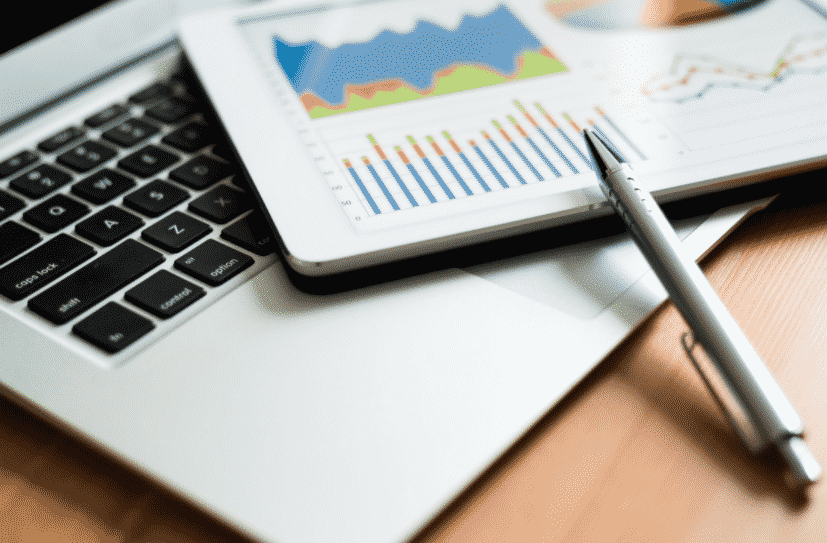Businesses need to drive their operations with the use of data. Data-driven enterprises make important and strategic decisions with the use of simple data. With data-backed decisions, your businesses will be more confident of any action that they take since they know that they have the needed amount of data to support their actions.
What does data analytics mean?
Simply put, data analytics is a process whereby data is collected and organized. This is done to make useful conclusions from the processed data. Data analysis is a process whereby logical and analytical reasoning are used to elicit useful information from this data. The prime concept behind data analytics is to be able to make sense out of any given data. This can then be used for informed decision making.
How does data analytics help businesses?
With data analytics, businesses examine and process different types of data to help them make more informed business decisions. From market research, brand optimization, product research, customer reviews, sentiment analysis, product positioning, or other issues which have actionable data, analyzing data can be used to produce actionable insights for the business to easily make the most ideal decisions.
Data analytics is a crucial practice for many modern-day businesses choice that is driven by data are the only way that businesses can be truly certain about their decisions. While certain businesses could have been formed from a simple idea, nearly all successful and effective businesses decisions are based on actionable data.
Data analysis: What are some good examples?
Data analysis can best be understood with the use of good examples. There are 4 different types of data analysis. They are:
1). Descriptive analysis
This type of data set involves looking at previous data and be used to interpret what is happening. This type of data is most often use with the tracking of enterprise Key Performance Indicators (KPIs), sales leads, revenue, and more.
2). Diagnostic analysis
For this type of data set, you are trying to find out the reason something happened. When you perform the descriptive analysis and see that a positive or negative thing has happened, the diagnostic analysis is used to understand why that thing happened.
3). Predictive analysis
This is a type of data analysis that is used to forecast future events or outcomes. With this type of data set, you usually form trends from previous data. These trends are then used to make predictions about things about future outcomes/events.
4). Prescriptive analysis
This type of data analysis combines all the data that are obtained from all three above mentioned data analyses. It is then used to form an actionable plan for a business to make a good decision. From here, data-driven decisions are made.
Conclusion
These are the four types of data analysis that a business can apply to any data-driven business operation. There are various ways that businesses can obtain actionable data to help make useful and sustainable decisions. Many businesses find it difficult to implement their data operations for sustainable business practices. If this is the case, they can choose to get data governance services that can be used to help align their workforce, strategies, and policies according to current best practices in enterprise data management.

